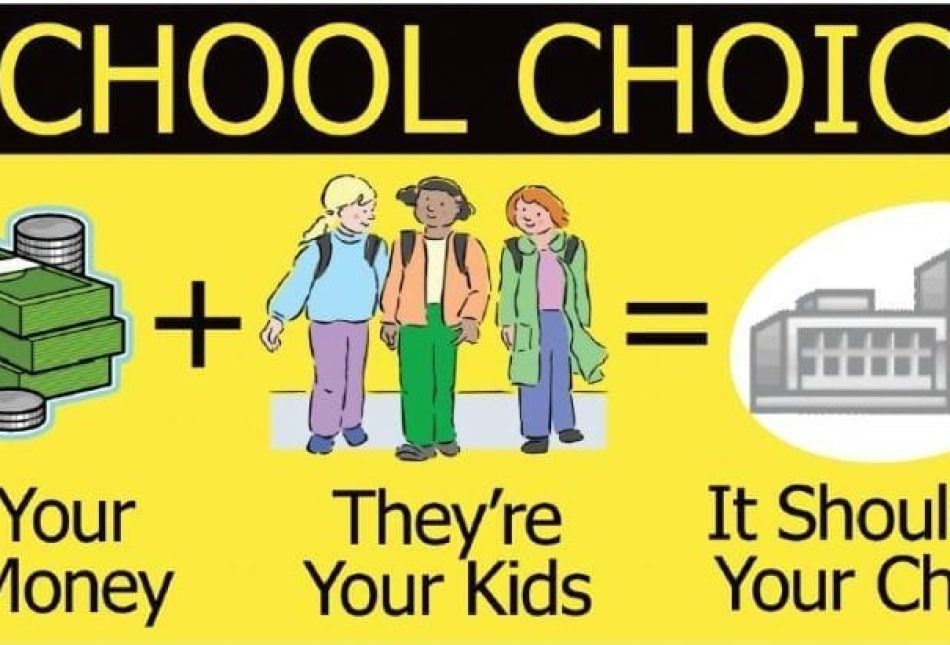Education
post
Tax Credits Needed to Improve Schools

The failures of public education both here in New Mexico and in the United States as a whole are well-documented. American students test well in fourth grade, but by eighth grade, results worsen and by high school, American kids lag behind their international peers significantly.
This is the case according to a number of international tests, most prominently the Third International Mathematics and Science Study.
Unfortunately, while American students perform poorly relative to the rest of the world, it is also well-documented that New Mexico students are in turn performing worse than their peers nationwide.
A new Rio Grande Foundation of the respected National Assessment of Educational Progress found that New Mexico students have underperformed their peers in other states to an increasing extent in tests of math, English and science since testing was begun during the 1990s.
The problems mentioned above have been a topic of some discussion for years among policymakers and business leaders.
Unfortunately, all too often, the result has been either to centralize control in Washington (No Child Left Behind) or Santa Fe (statewide funding), or to simply throw more money at the schools.
As Rio Grande Foundation scholar Harry Messenheimer, Ph.D., points out in his new paper, “The Way to Education Success in New Mexico: Breaking Free from Failed ‘Reforms,’” federal, state and local governments combine to spend more than $8,000 per pupil in New Mexico.
That is more money per student than is spent by any of our geographical neighbors. Clearly, money alone is not the solution.
So, what can New Mexico do to improve its education system? Vouchers – a system under which some tax money would be diverted from public schools to allow students to choose private schools – were proposed by former Gov. Gary Johnson and failed.
The fact is, whether they would benefit students or not, large numbers of both elected officials and voters are clearly uncomfortable with vouchers.
More importantly, those concerns come from both the left (teachers’ unions) and right (supporters of private schools).
The problem is that vouchers are viewed as government money. For backers of public schools, that means resources that could otherwise fund existing schools are diverted.
To advocates of private schools it causes fear of added government regulations and red tape. Politically, this means that vouchers are a dead letter in New Mexico.
That is one reason why the Rio Grande Foundation and increasing numbers of legislators now support the idea of education tax credits.
A system of education tax credits would allow individuals and businesses to donate money – with limits specified by the Legislature – to scholarship organizations that enable children in low income families to choose the school of their choice. Donors would receive a credit against that donation on their state taxes.
While incentives are put in place by the government, under a tax credit system there is no question that the money is private, not government money.
This has led to bipartisan support for education tax credits nationwide. Arizona, Iowa, Pennsylvania, Rhode Island and Florida have all enacted tax credit programs for education.
These programs were usually enacted on a bipartisan basis and in the cases of Arizona and Iowa, by Democratic executives.
In New Mexico, education tax credits passed the Senate last year only to die in the House. Similar legislation will be introduced in the upcoming session.
Where they have been enacted, both parents and students alike have expressed satisfaction and where adequate time has passed graduation rates have increased under tax credit programs.
While such programs tend to be small in size relative to the overall educational system, their implementation here in New Mexico would help some needy children get the help they need right away.
Such programs can also provide needed data on the efficacy of private schools and competition relative to the current system.
This is a global economy. New Mexico cannot afford to fall behind other states or other nations for long.
Educational tax credits are one way to start closing the gap.
Paul Gessing is president of the Rio Grande Foundation, a non-partisan, tax-exempt research and educational organization dedicated to promoting prosperity for New Mexico based on principles of limited government, economic freedom and individual responsibility.
